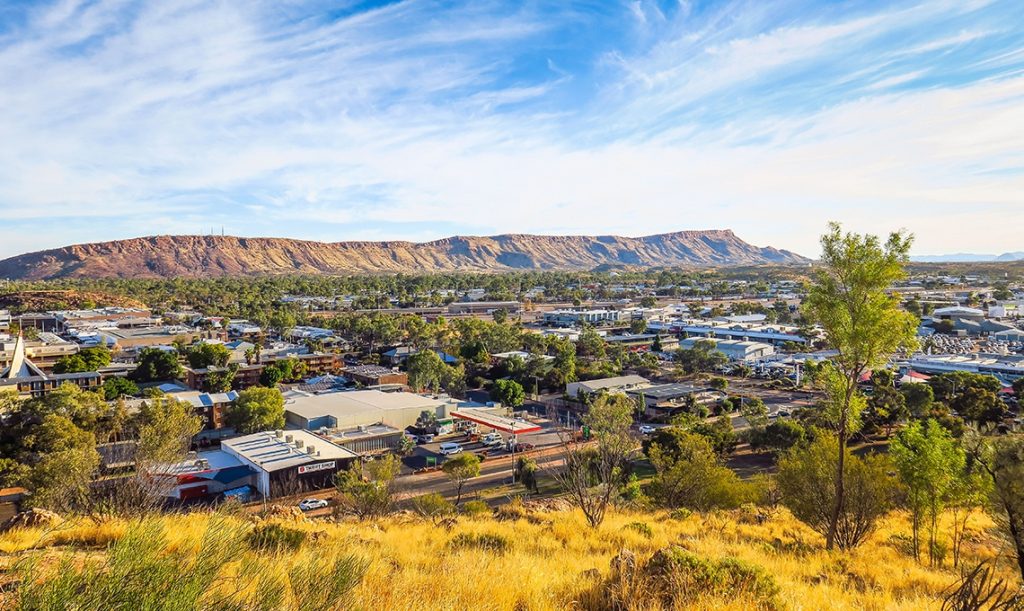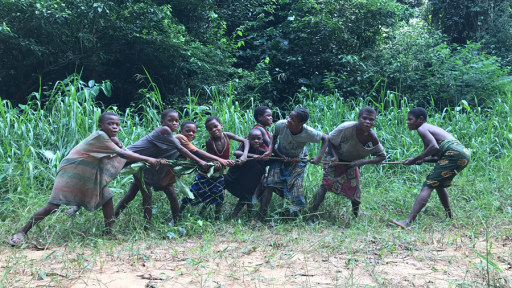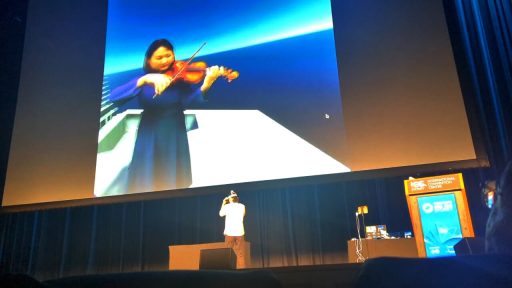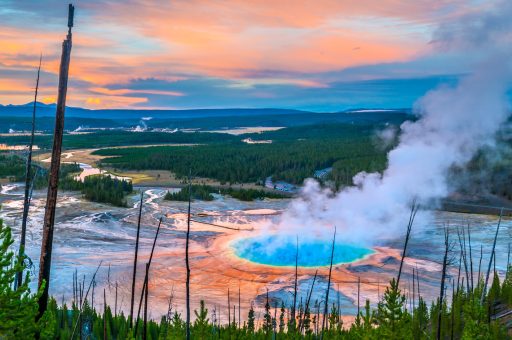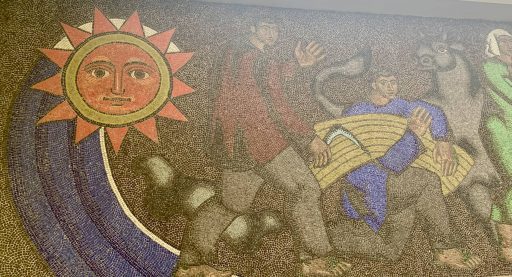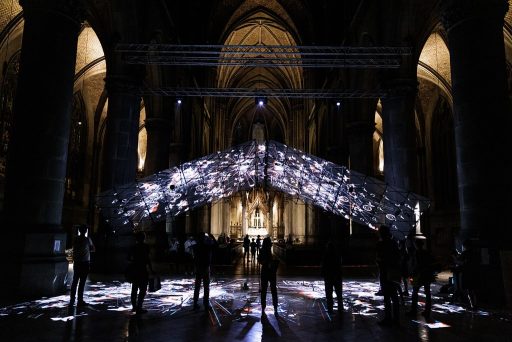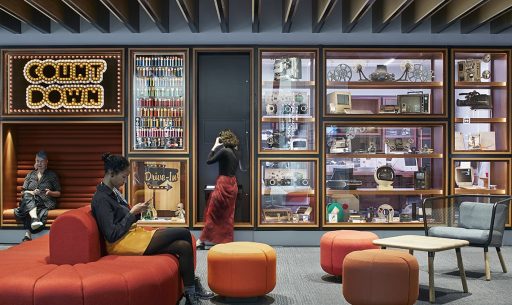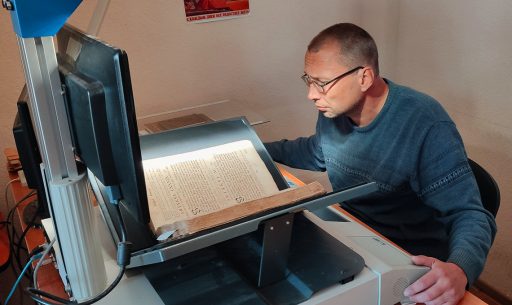How technology supports First Nations research and knowledge
Delivering the network that’s helping to preserve and foster a greater understanding and appreciation of the rich and diverse cultural heritage of Aboriginal and Torres Strait Islander peoples.
Delivering the network that’s helping to preserve and foster a greater understanding and appreciation of the rich and diverse cultural heritage of Aboriginal and Torres Strait Islander peoples.


